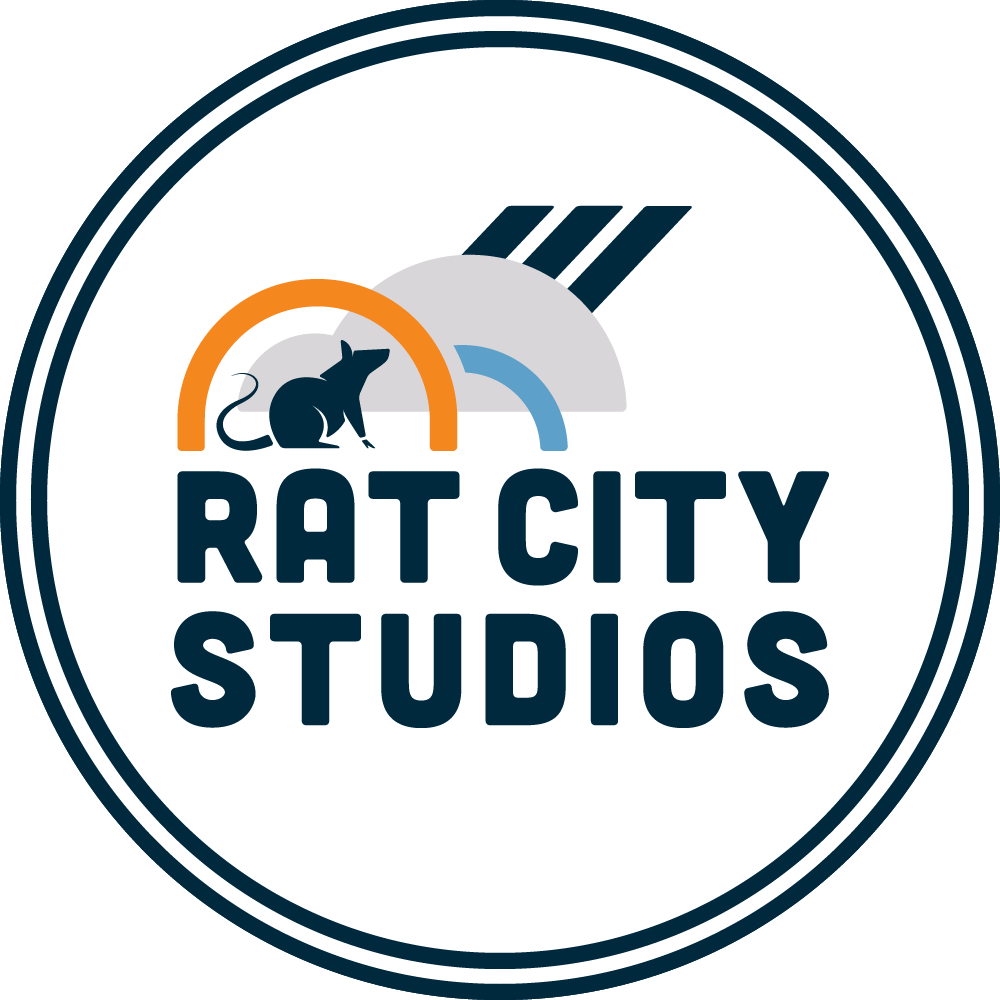3D Printing: Process & Challenges
/By Hayley Reed
Website
Printer head
As my plaster molds began to deteriorate, it became difficult to continue casting them efficiently and successfully. I began thinking about how I wanted to continue with those forms and the slip casting process. I started designing mold parts on the computer to 3D print, cast in silicone, and then cast in plaster. Creating a silicone ‘mother mold’ would allow me to continually re-cast the plaster molds and easily recreate the molds as the previous ones deteriorate.
I decided to purchase my own 3D printer after researching online and local services that would print my files for me. Anticipating the arrival of my printer, I had been studying YouTube tutorials about how to put it together and scouring any thread about the right settings for Cura. Cura is a program which basically breaks down your design with a bunch of different settings that tell the printer what to do. After my printer arrived I quickly put it together and started printing small tests. The first few came out great, but I began to run into challenges and faced poor results.
Printed Tests
The biggest problem I faced was weak prints caused by uneven adhesion between layers. This weakness in the print caused the layers to separate and break apart, ruining the print. Because I will be casting these forms in silicone and plaster, which pick up any little bump and blemish, smooth prints are really important. I spent months testing the different settings in Cura trying to achieve smooth prints only to get uneven and unpredictable results. Having tried multiple spools and colors of a fan favorite printing filament, and nearing my breaking point of frustration, I thought trying a different brand would be worth a shot. Lo and behold, it worked.
Example of layer separation and poor adhesion of printing medium
The filament did not stick to the heated bed and continued printing
The time it takes to print, and the sound the printer makes are the other biggest challenges of 3D printing. While dangerous errors while printing are rare, I don’t like to leave my printer running while I’m not home in case something goes wrong. Most problems would mainly affect the print, but because the printer heats to high temperatures to melt the filament, I prefer not to have it running unsupervised.
Lots of people store their machine in their garage, or another designated craft area, but I live in a one bedroom apartment. My 3D printer lives in the corner of my small living room. The biggest mold piece I have printed so far takes close to 40 hours, so the noise of the printer begins to get bothersome after awhile. I can faintly hear it running from my bedroom, but luckily I’m a hard sleeper, or this would be a big issue. If anything, the excitement of beginning to see a digital idea become a reality keeps me up more than the noise itself.
I knew there would be a learning curve while getting to know my new tool, but I had no idea the extent of testing and trial and error that I was getting myself into. If you are interested in 3D printing, be prepared for lots of testing and some frustration. Utilize YouTube tutorials and Facebook groups for the particular machine you’re working with. There is a large online community for 3D printing, and these groups have been incredibly helpful as I have navigated the challenges of teaching myself new programs and processes. My printer is the Creality CR-10S, and I have recently begun using Amazon Basics PLA filament. I use Blender to make my models and molds. That file is then exported to Cura to get ready to print.
Here are some useful YouTube Videos:
I started with SanTube’s Cura profile and made edits as I tested and as I began to understand what all the settings actually did. Here is a link to his YouTube video about his Cura settings. Again, Cura is the program which takes your file and breaks it down with a bunch of settings which tell the printer what to do.
I use Blender to make my models and molds. It is free which is really awesome, but it isn’t clear or intuitive when using the program if the model will be ready to print. This video is a good introduction for how to prepare your Blender file for 3D printing.
This video is a tutorial on how to print a temperature tower. Temp towers are important to print upon opening any new roll of filament. There might be slight changes in how the filament reacts to temperature between different rolls, and especially different brands of filament. It is important to print a temp tower to see what temperature your filament prints best with.




